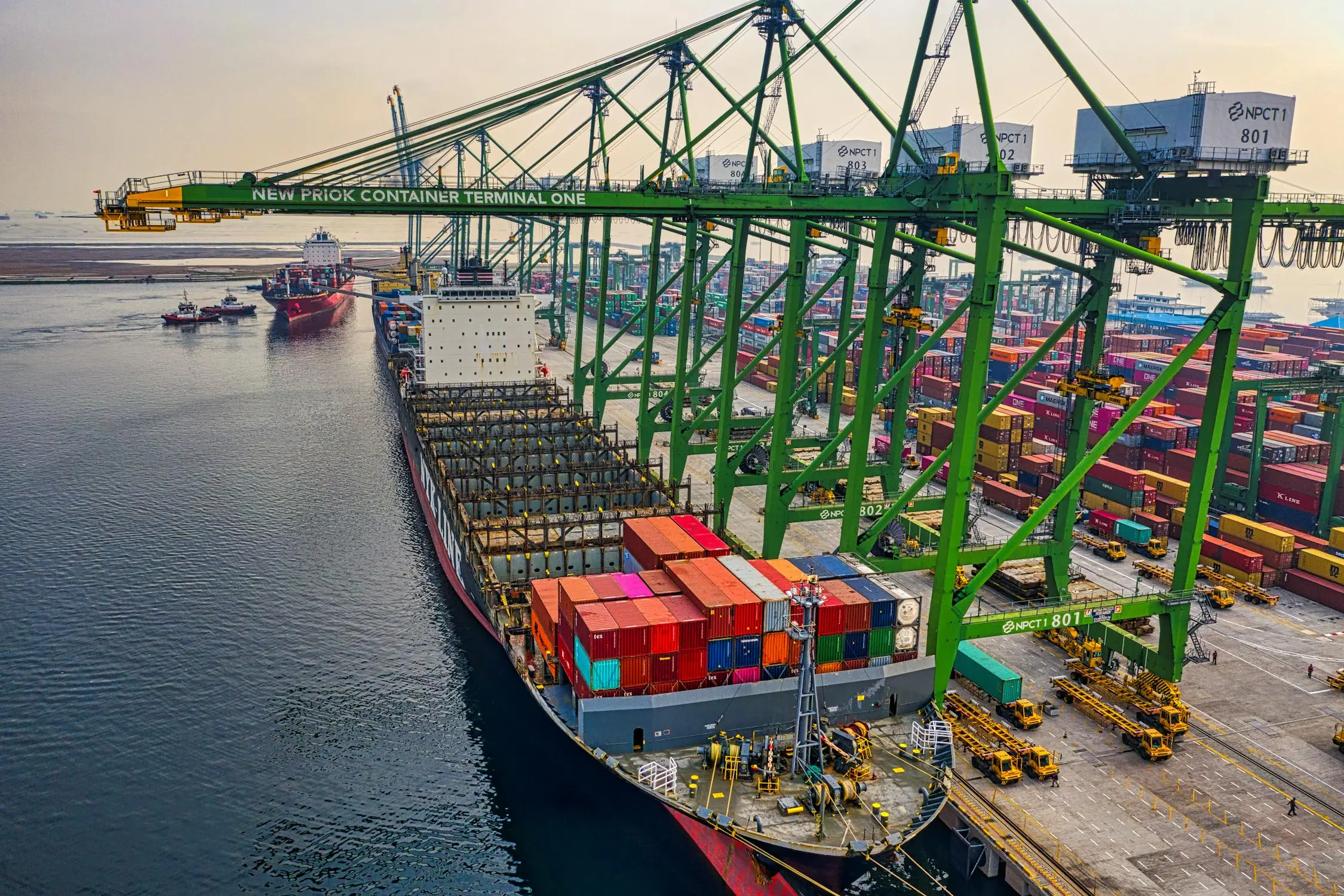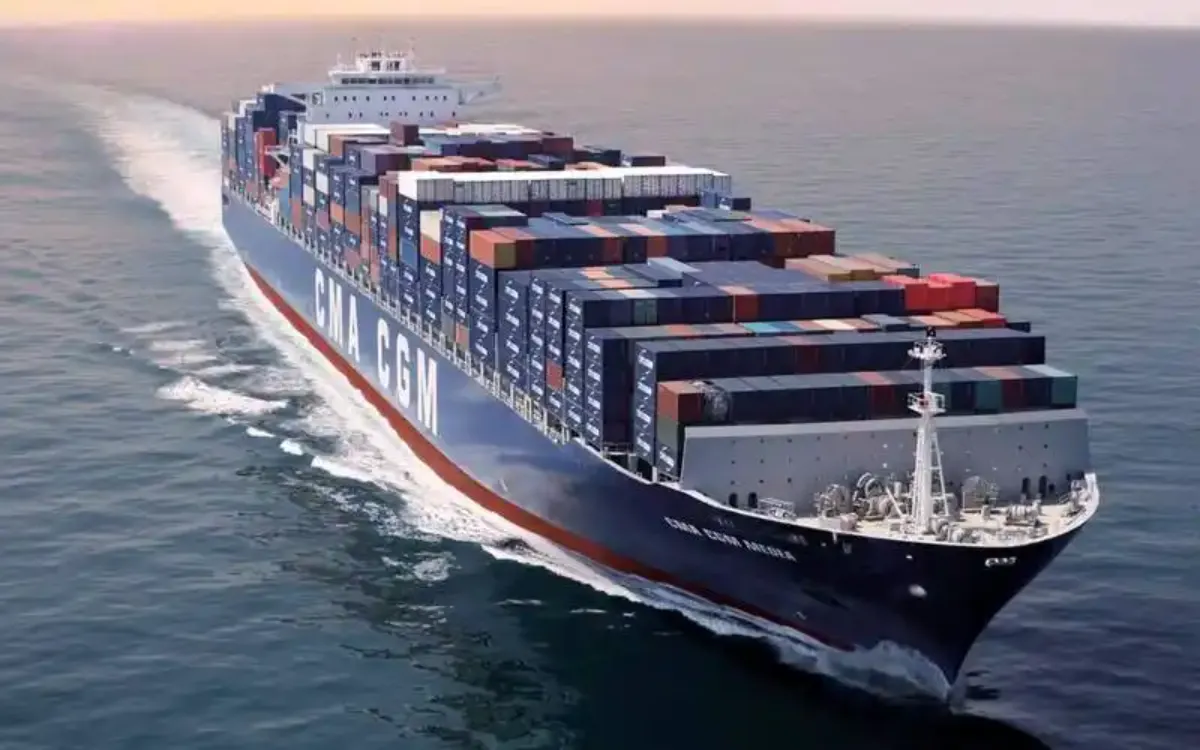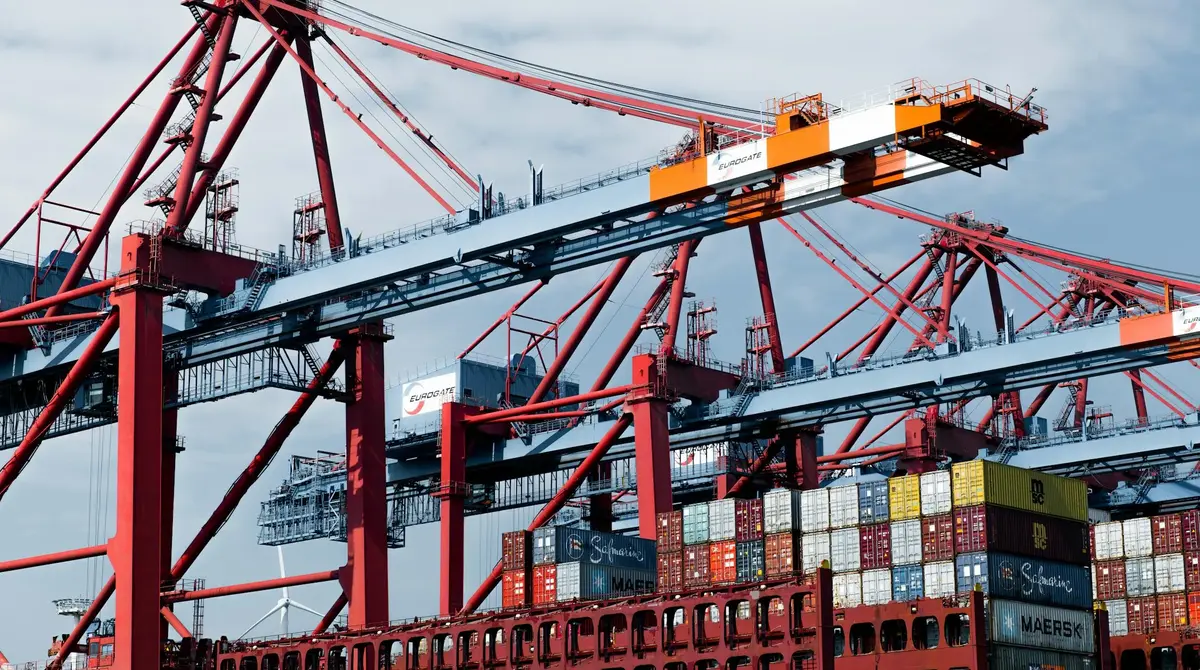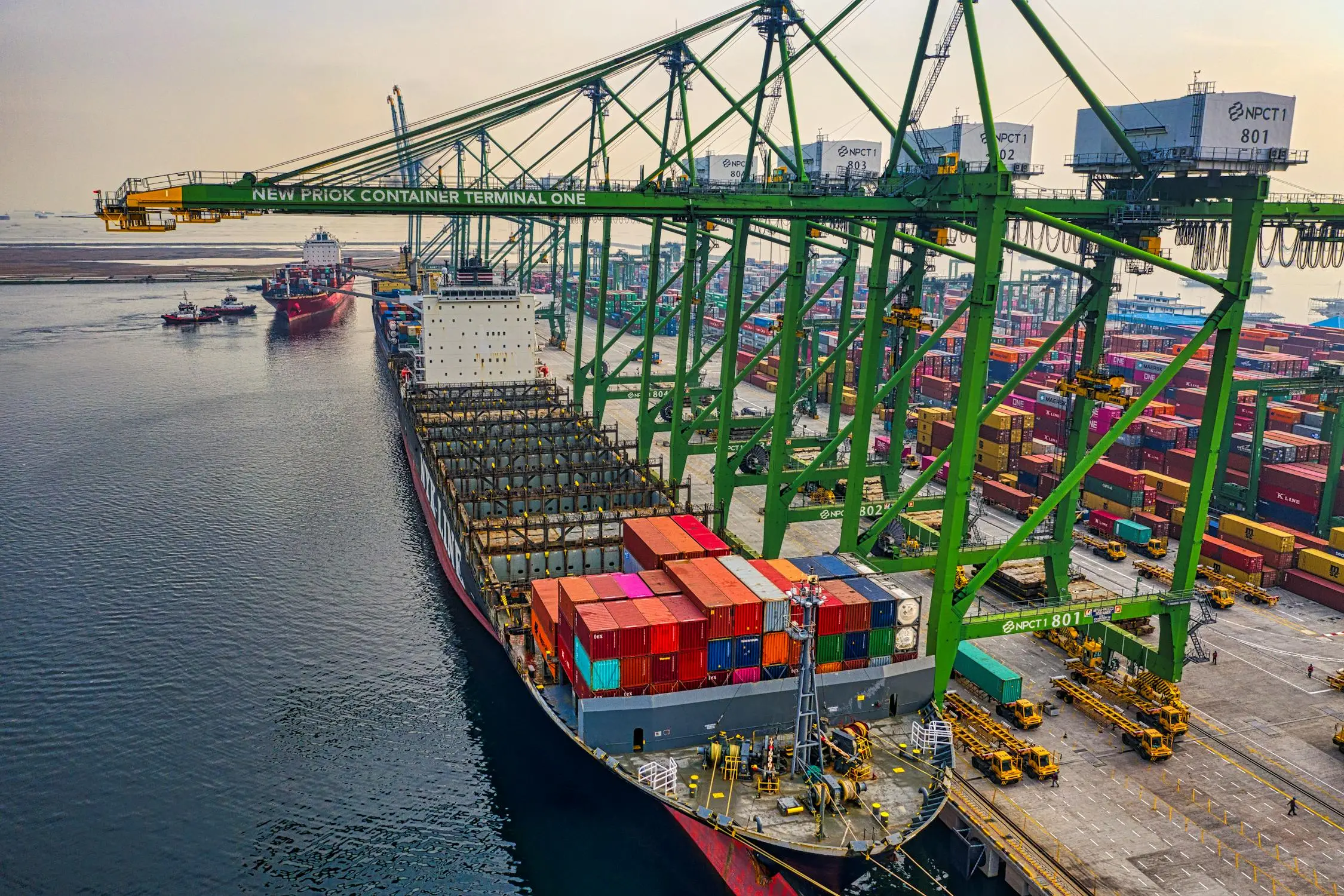
European sea FCL/LCL/Air freight/international express/European Sea door-to-door, door-to-port, port-to-port and other one-stop services, with COSCO, TSLINE, OOCL,We maintain close cooperation with CMA, MSC, MCC, KMTC, MSK, HPL and other shipping companies and their agents, providing professional international shipping agency transportation services, covering global routes, providing one-stop customs clearance, door-to-door delivery to the port of destination services.
Customs clearance refers to the steps that import and export or transhipment goods should take to enter and exit a country's customs laws and regulations in accordance with customs regulations.
Only after fulfilling the customs clearance obligations, customs declaration, inspection, tax payment, release and other procedures, the goods can be released, the owner or the customs agent can pick up the goods.
01. Customs clearance type
At present, there are three customs clearance methods: port clearance, bonded warehouse clearance, and customs clearance after inspection.
1, yard/port clearance: can be applied to full container clearance, and product certification is complete, non-Amazon warehouse address
Its advantage is that the customs clearance speed is fast, it does not need to spend the time of towing back to the bonded warehouse and unloading, and then it can be shipped directlyClear.
2, bonded warehouse clearance: suitable for more complex goods and VAT in a container of more than the case, you can clear the goods sent out, unclear goods into
Warehouse. The time limits between orders do not affect each other, and demurrage and demurrage fees can also be avoided. Billing and unloading
Fees increase costs, but the overall risk is low.
3. Pull back to the bonded warehouse for customs clearance after inspection: port clearance to avoid port clearance. Upon receipt of the inspection notice,
Containers directly cleared at the port can negotiate with the customs to pull the goods back to the bonded warehouse for inspection. It doesn't work for every door,
At present, it is more applicable to the port of Hamburg, Germany, and other ports do not allow this method of customs clearance.
02. Customs clearance code
1. ATB: This information is based on ENS data, and the content of this ATB number is the content of ENS, which is the first time that registered goods enter the EU for predicting goods;Generally used to register a whole batch of goods. One container is an ATC number.
2. ATA: The customs clearance agent divides ATB into ATA according to the sub-order. ATA number is the declaration of goods for each suborder, required
To be accurate to the weight of the goods, number of pieces, customs code, exporter, importer and other information. ATA only registers sub-shipments
Do not enter the customs clearance process.
3. ATC: After customs acceptance, ATA number is automatically converted to ATC number. ATC is accepted by customs, whether or not it is released or released
Not really. Any subsequent transactions with customs will be searched using air traffic control.
What should be noted is:
*AT is Atlas system, C is separate customs clearance
For example, AT/C / 40/123456/03/2011/485121, para
* 40 is the fixed number of the ATC number, the last six digits are the index number, then the month of acceptance, the year of acceptance, and the last four digits are the customs area code, such as Hamburg Customs 4851
* Month and year are not necessarily customs clearance times. If the goods are inspected at the end of December 2019 but cleared in early January 2020, the ATC number is 12/2019 instead of 01/2020
* ATC number is valid for 3 months, if you need to return, destroy or rectify, must be completed within 3 months, otherwise the number will automatically become invalid.
* Note: The original ATC can be used directly after the rectification is completed within 3 months, without re-application. If it is not completed within 3 months, the original ATB must be redeclared.
Several reasons for the inspection of imported goods
1.importer information: check whether the product importer information is complete, especially the offshore tax number company. Taking into account product warranties, individual customer returns for repairs, no importer information does not comply with the EU product circulation warranty regulations.
2. Value and brand: If there is any objection to the declared value, it depends on whether the product meets the requirements
 Easy Shipping From Global, Save Cost
Easy Shipping From Global, Save Cost













